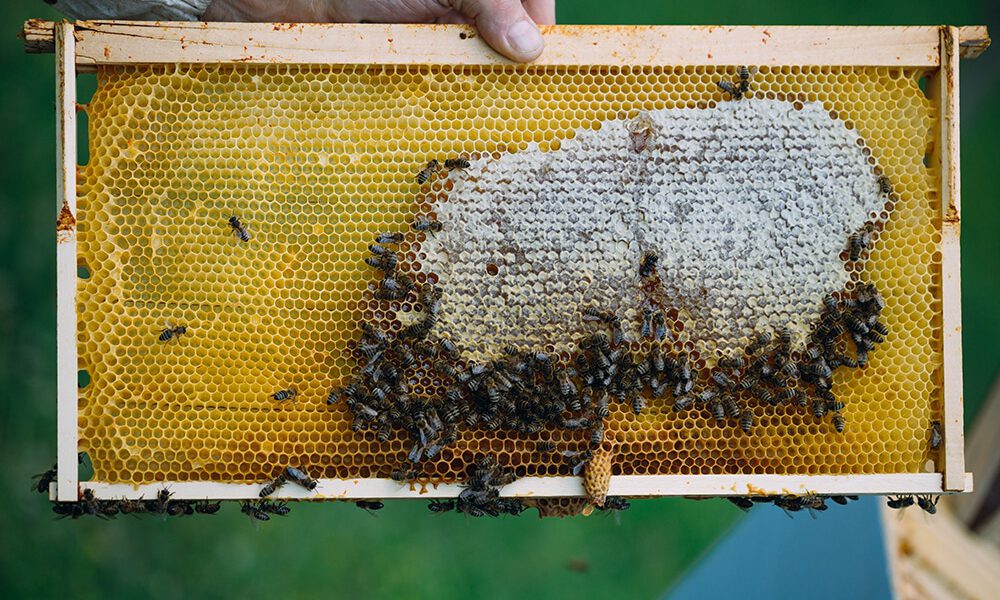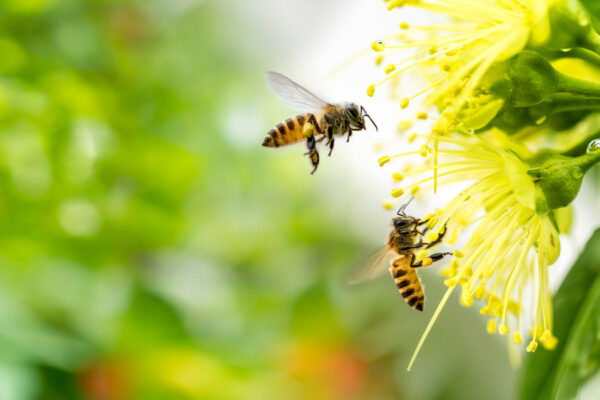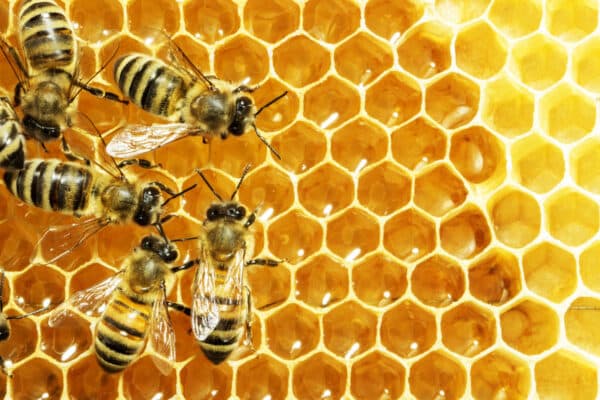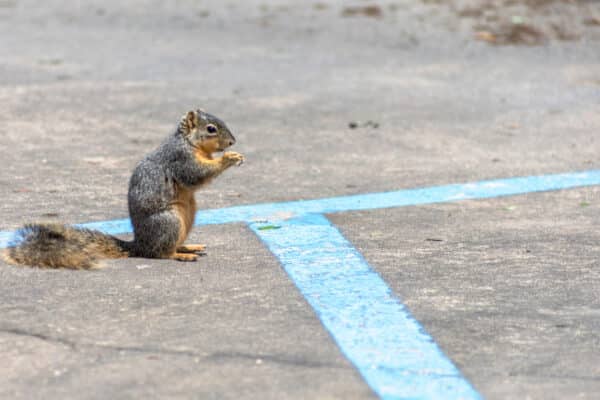
It’s important to keep honeybees alive even when you need to remove a hive from your property. They pollinate many different species of plants and make it possible for us to enjoy a lot of the fruits, vegetables, and grains that we eat. They also spend a lot of their time making honey for themselves and, unknowingly, for us to enjoy. So how do bees make honey?
Finding Nectar
The honey process starts when worker bees start heading to all the attractive flowering plants within five miles of their hive. They need both the sugar in nectar and the protein that’s found in pollen to live. When the worker reaches the flower, she’ll use her long tongue, also known as a proboscis, to suck the nectar out like a straw. Honeybees have two stomachs, and the worker will fill this second stomach with nectar. When full, this honey stomach can weigh as much as the bee itself.
As they suck nectar, they use their long hairs for sticking pollen onto their legs for the trip home. As they head back to the hive, the honey stomach pumps enzymes into the nectar that will dehydrate it.
It’s important to remember that the legend of honey being made of bee’s vomit is just that. A worker bee has two valves that allow her to switch to the right stomach for what she needs. If she needs energy now, she’ll bypass the honey stomach and take what she needs. If she doesn’t need energy, she’ll switch to the honey stomach.
How Do Bees Make Honey Once It Arrives at the Hive?
Once the worker makes it home, she’ll meet with a house bee, which is just a smaller worker bee. The house bee’s job is to suck the nectar out of the older forager bee’s honey stomach. Once that’s done, the house bee will chew it for about 30 minutes. As she chews it, more enzymes are added in order to break the nectar down into a simple syrup while reducing the water content further.
After the chewing process is complete, the house bee will go over to a nearby cell in the honeycomb and spit the chewed nectar out. She’ll spread the syrup out to cover the whole comb, which will dry it out even further and make it nearly impossible for bacteria to form. She’ll also fan the honey syrup with her wings for good measure.
When the honey is just right for eating later, the house bee will cap that particular cell with beeswax. This is a pretty strenuous process in and of itself. The bee will excrete this wax in thin scales from their abdomen, and this wax originates in special wax glands meant just for this purpose.
For all of this work, a single honey forager will produce about 1/12 of a teaspoon of honey in her entire life. It’s not a long life since foragers don’t sleep during the short window that all the flowers are ready for them to show up. This period lasts only a few weeks out of the year. It takes up to 2,000,000 flowers to produce a single pound of honey, and all the bees in the hive need to consume as much as 200 pounds each year to stay alive.
How Can This Be a Problem?
As amazing as the honey-making process is, it can be a pain to deal with if there’s a wild beehive on your property. Not only can these bees sting you and your loved ones if you get too close, but their honey can attract other pests such as squirrels, rats, and roaches.
You should also refrain from trying to kill the bees yourself since the hive will deteriorate over time. This can lead to honey dripping into your house and causing damage.
The best thing to do is to have the professionals at Covenant Wildlife safely relocate the hive to a better location for both you and them.




